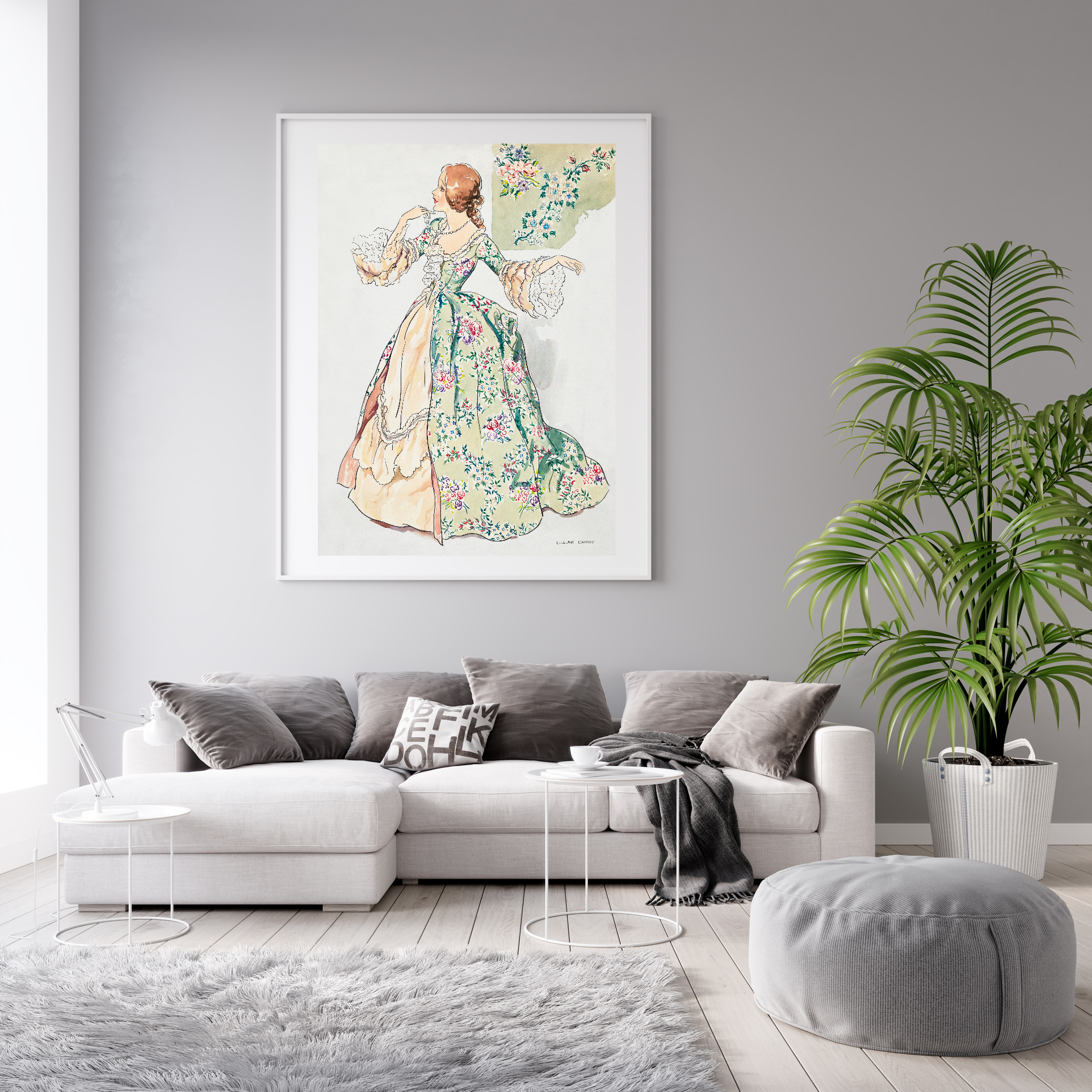×
- Home
- Search
- Shop Now
- Inspirational
- Hall of Fame
- Blogs
- FAQs
- Sizes
- Frames
- Shipping

In today's fast-paced world, creating restorative spaces within our homes has become essential for promoting well-being, relaxation, and rejuvenation.
Whether it's a cozy corner for solitude or an entire room dedicated to self-care, designing spaces that foster tranquility and restoration can have a profound impact on our mental and emotional health. In this blog post, we will explore various design ideas and techniques to help you create restorative spaces that nurture and heal.
Natural Elements and Biophilic Design: Incorporating natural elements into your space is a fundamental aspect of creating a restorative environment. Maximize the use of natural light, introduce indoor plants, and incorporate organic materials such as wood, stone, or bamboo. Biophilic design principles can help establish a connection with nature, promoting a sense of calm and well-being.

Serene Colour Palettes: Choose soft and soothing colour palettes to create a serene atmosphere. Opt for hues like pale blues, muted greens, gentle greys, or earthy tones. These colours have a calming effect and can help create a tranquil and restorative ambiance. Experiment with different shades and consider incorporating pastel or neutral accents to enhance the overall sense of tranquility.

Comfortable and Cozy Seating: Comfortable seating is essential for restorative spaces. Invest in plush armchairs, cozy sofas, or even floor cushions and poufs to create inviting seating options. Consider incorporating soft and tactile fabrics like velvet or linen. Layering pillows and throws in soothing colours and textures will further enhance the comfort and relaxation.
Mindful Meditation Areas: Create a dedicated space for mindfulness and meditation within your home. This can be a corner in your bedroom, a serene nook in the living room, or a separate meditation room if space allows. Incorporate elements like meditation cushions, a calming water feature, candles, and natural scents to establish a tranquil atmosphere that encourages relaxation and introspection.

Soothing Soundscape: Sound plays a significant role in creating a restorative environment. Introduce soothing sounds like gentle instrumental music, nature sounds, or even a small indoor fountain. Consider incorporating speakers or a sound system to fill the space with relaxing melodies or meditation tracks, allowing you to escape from the outside world and find inner peace.
Declutter and Organize: A clutter-free environment promotes mental clarity and relaxation. Organize your space effectively, ensuring everything has its place. Use storage solutions like baskets, bins, and shelves to keep belongings neatly tucked away. By eliminating visual clutter, you create a sense of spaciousness and promote a calmer mindset.
Soft Lighting and Dimmers: Lighting has a profound effect on our mood and well-being. Incorporate soft, diffused lighting options in restorative spaces. Use adjustable lighting fixtures or install dimmer switches to create a soothing ambiance. Consider adding floor or table lamps with warm-toned bulbs to create a cozy and inviting atmosphere during the evening hours.
Designing restorative spaces within your home is an opportunity to prioritize self-care and create havens of peace and serenity. By incorporating natural elements, soothing colours, comfortable seating, and mindful design choices, you can transform any room into a space that promotes relaxation, rejuvenation, and emotional well-being. Whether it's a dedicated meditation area or a cozy reading nook, these design ideas will help you create restorative spaces that provide solace and healing in the midst of our hectic lives.
Send us the results and take a look at totalposter.com for art inspo
Team Topo
